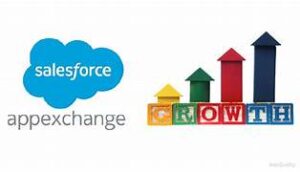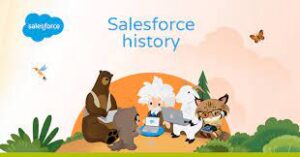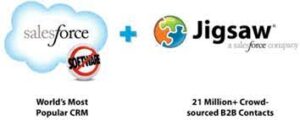Aligning Strategy and Goals: Bridging the Gap Between Data and Business Success
Aligning data strategy with business goals is critical—but easier said than done. 41% of business leaders report that their data strategy is only partially or not at all aligned with their objectives.
Here’s how to close the gap and make data a true driver of business success.
1. Define Your Business Goals
Collaboration between business and IT stakeholders is essential. Start by identifying and prioritizing objectives that drive success, such as revenue growth, customer satisfaction, cost reduction, and market expansion.
| Business Goal | How Data Supports It |
|---|---|
| Revenue Growth | Use analytics to identify high-value customers and optimize marketing strategies for higher conversions. |
| Customer Satisfaction | Leverage trusted customer data to personalize experiences and improve engagement. |
| Cost Reduction | Analyze operational data to streamline processes and improve efficiency. |
| Market Expansion | Use market and customer insights to identify new growth opportunities. |
2. Determine Key Metrics
Once goals are clear, define key performance indicators (KPIs) to measure progress.
| Business Goal | Key Metric |
|---|---|
| Revenue Growth | Conversion Rate: Measures the percentage of leads converted into paying customers. |
| Customer Satisfaction | Retention Rate: Tracks the percentage of returning customers over time. |
| Cost Reduction | Operational Efficiency Ratio: Compares operational costs to revenue. |
| Market Expansion | Customer Acquisition Rate: Measures the rate of new customer growth. |
3. Assess Resources and Budget
Evaluate whether you have the systems, tools, and budget needed to support your goals. If customer personalization is a priority, you may need solutions like Data Cloud to unify and leverage customer insights. A strong CRM or data analytics platform may also be required to track specific KPIs.
4. Build a Data-Driven Culture
Data maturity is not just about tools—it’s about people. Empower teams with the skills, training, and mindset to leverage data effectively. Change management initiatives and ongoing education will help integrate data into daily decision-making.
See how F5 is building a data-driven culture with Tableau:
“Data has been transforming our corporate culture right before our eyes. Every day, I wake up learning something new about data.”
— Amie Bright, Former RVP of Enterprise Data Strategy and Insights, F5
5. Align Teams for Success
Use this handy checklist to ensure alignment across your organization:
✅ Collaborate with business and IT teams to define and prioritize objectives.
✅ Develop key data KPIs in partnership with internal stakeholders.
✅ Survey team leaders to assess the tools, systems, and budgets needed.
✅ Invest in training and change management to build a data-driven culture.
✅ Join a data leadership community to gain insights and best practices.
Want to accelerate your data strategy? Reach out to Tectonic to get started today.
🔔🔔 Follow us on LinkedIn 🔔🔔













